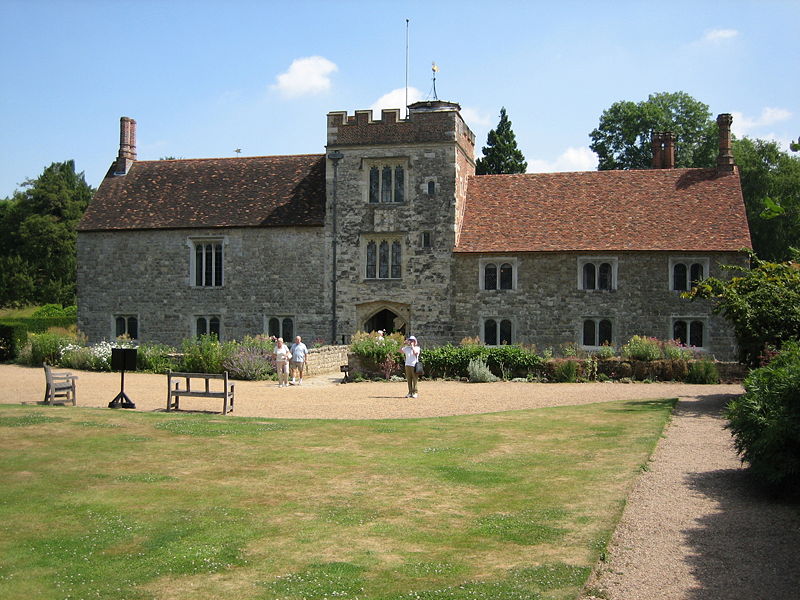
The Medieval Manor History
Noble Families Extinct. Holland, Duke of Exeter. — John Holland, Earl of Huntingdon, (third son of Thomas de Holland, Earl of Kent, by the heiress of Edmund de Woodstock, Earl of Kent,) was created Duke of Exeter, in 1388. He had two seats in this county, Exeter castle, and Dartington. The title was forfeited by his attainder, in 1399; but.

The Homes Of Great Nobles In The Middle Ages Nobility Titles Genuine Titles Of Nobility For Sale
Wikimedia Commons has media related to Noble families of Europe. Subcategories This category has the following 48 subcategories, out of 48 total. Burial sites of European noble families (24 C) A Albanian noble families (21 C, 14 P) Armenian noble families (17 C, 18 P) Austrian noble families (43 C, 67 P)
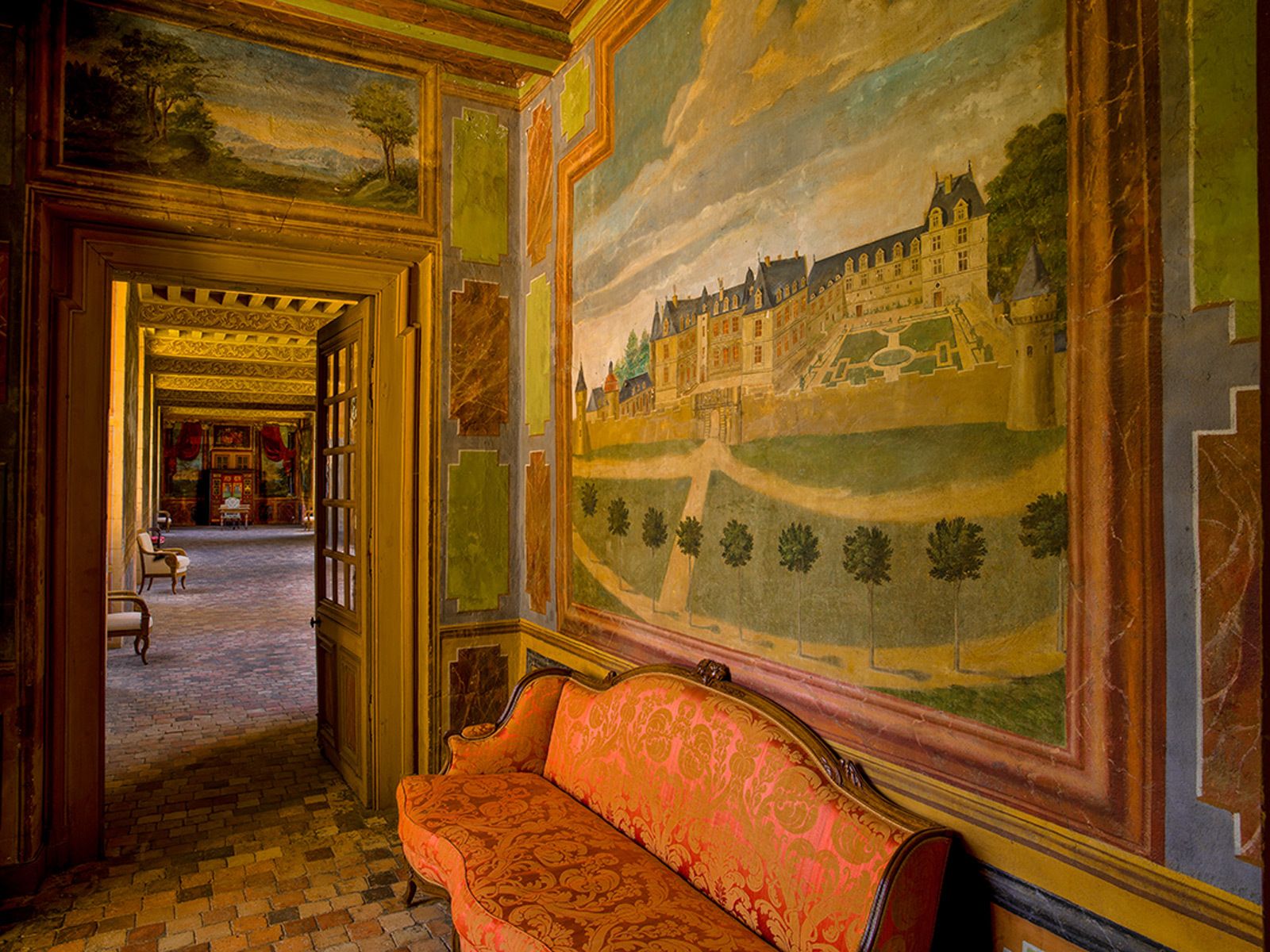
HOUSES OF FRENCH NOBILITY William Rolf Fine Art Photography
The House of Savoy went on to become renowned throughout Europe for over a thousand years, a historic noble dynasty that would include many rulers of European kingdoms, as well as Emperor of Ethiopia. However, the family's rise to supremacy emerged from relatively humble beginnings.
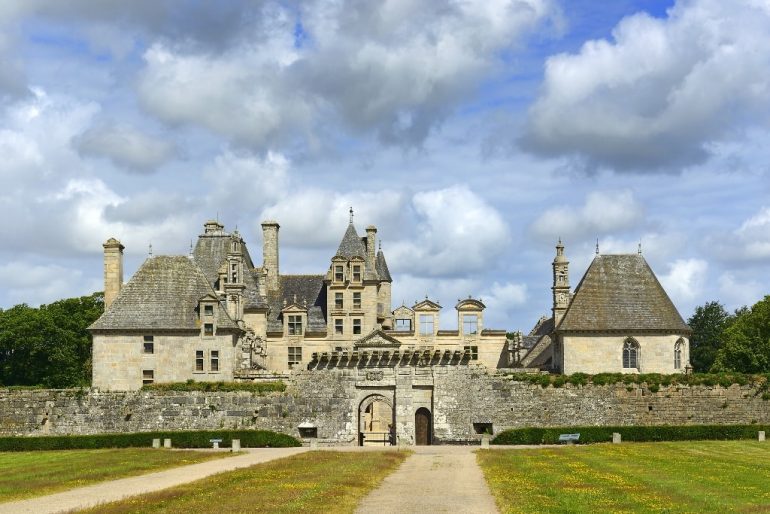
Medieval Manor Houses Historic European Castles
This noble house rose to all possible heights of the time, and has lent their men and women to some important positions - electors, princes, kings and even emperors. They were involved with Prussia, Romania, Germany and Brandenburg, where they acted as rulers and magnates - deciding on the future of Europe and thus the world. Join us as we.
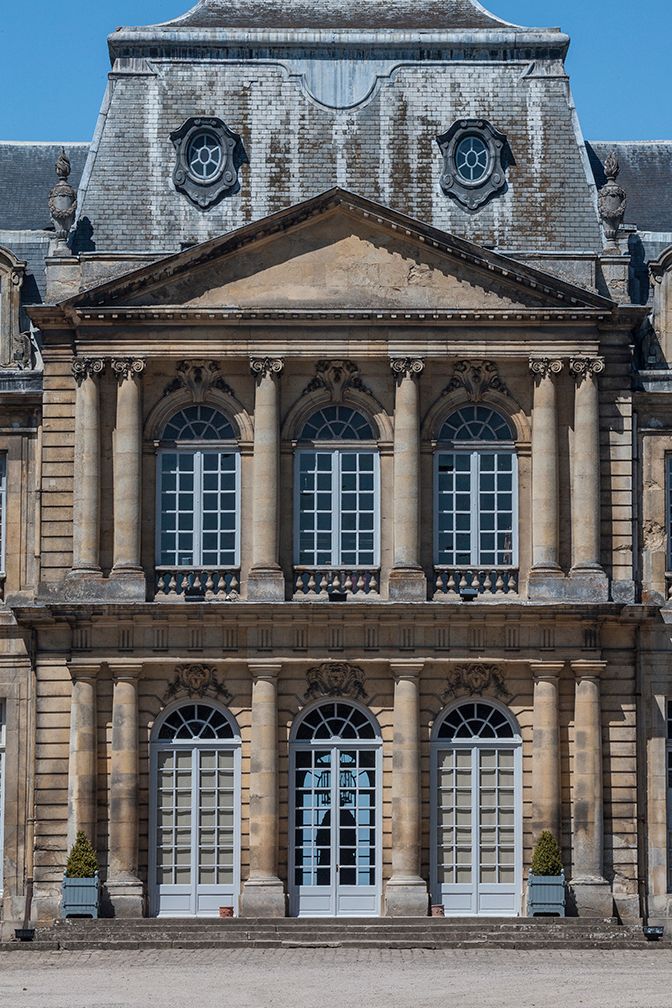
HOUSES OF FRENCH NOBILITY William Curtis Rolf
by Elliot | History Every culture seems to have noble families. Those born into such families are blessed with privilege from cradle to the grave. This is most visible in European countries where hereditary titles still exist today.
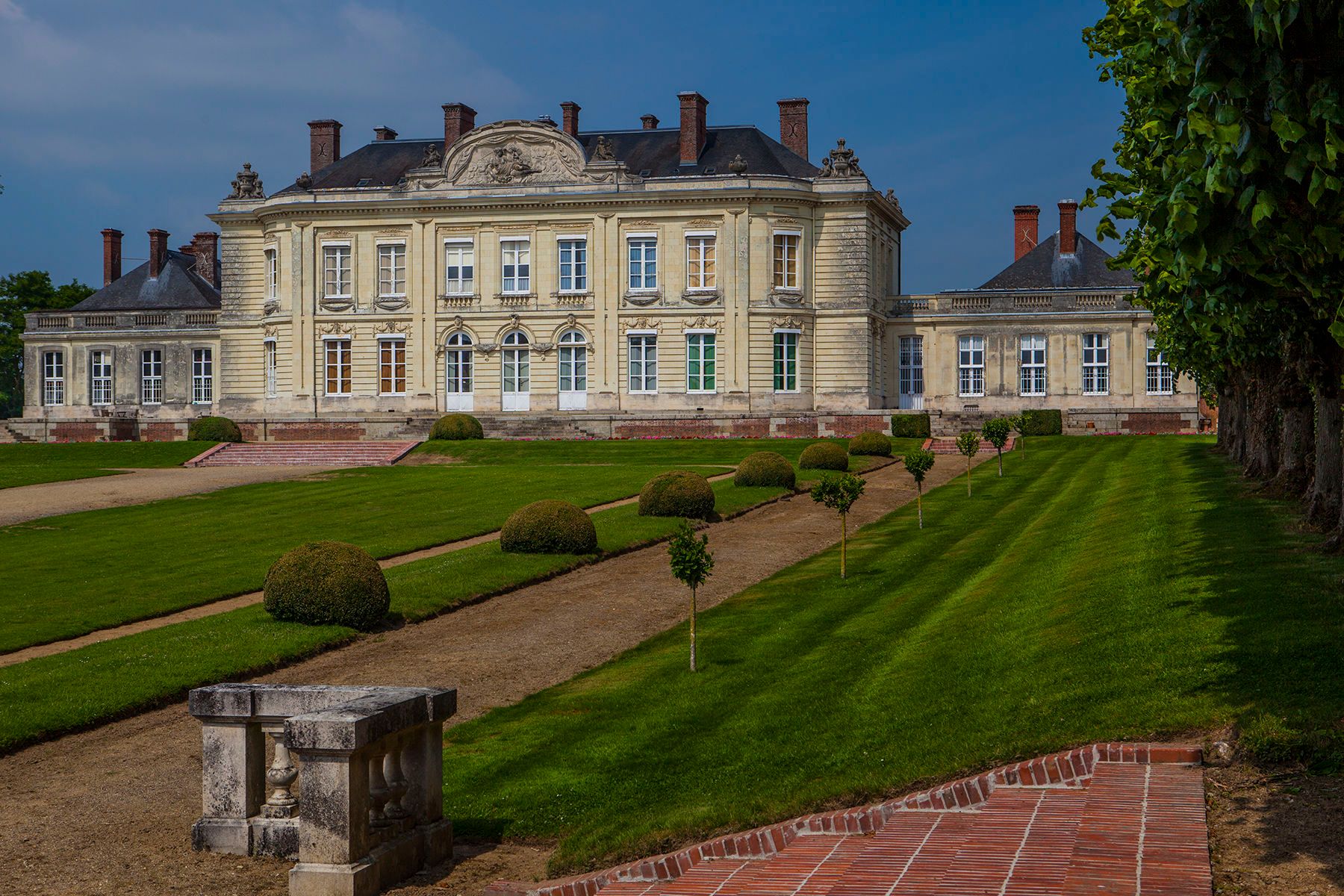
HOUSES OF FRENCH NOBILITY William Curtis Rolf
A noble house is an aristocratic family or kinship group, either currently or historically of national or international significance [clarification needed], and usually associated with one or more hereditary titles, the most senior of which will be held by the "Head of the House" or patriarch.
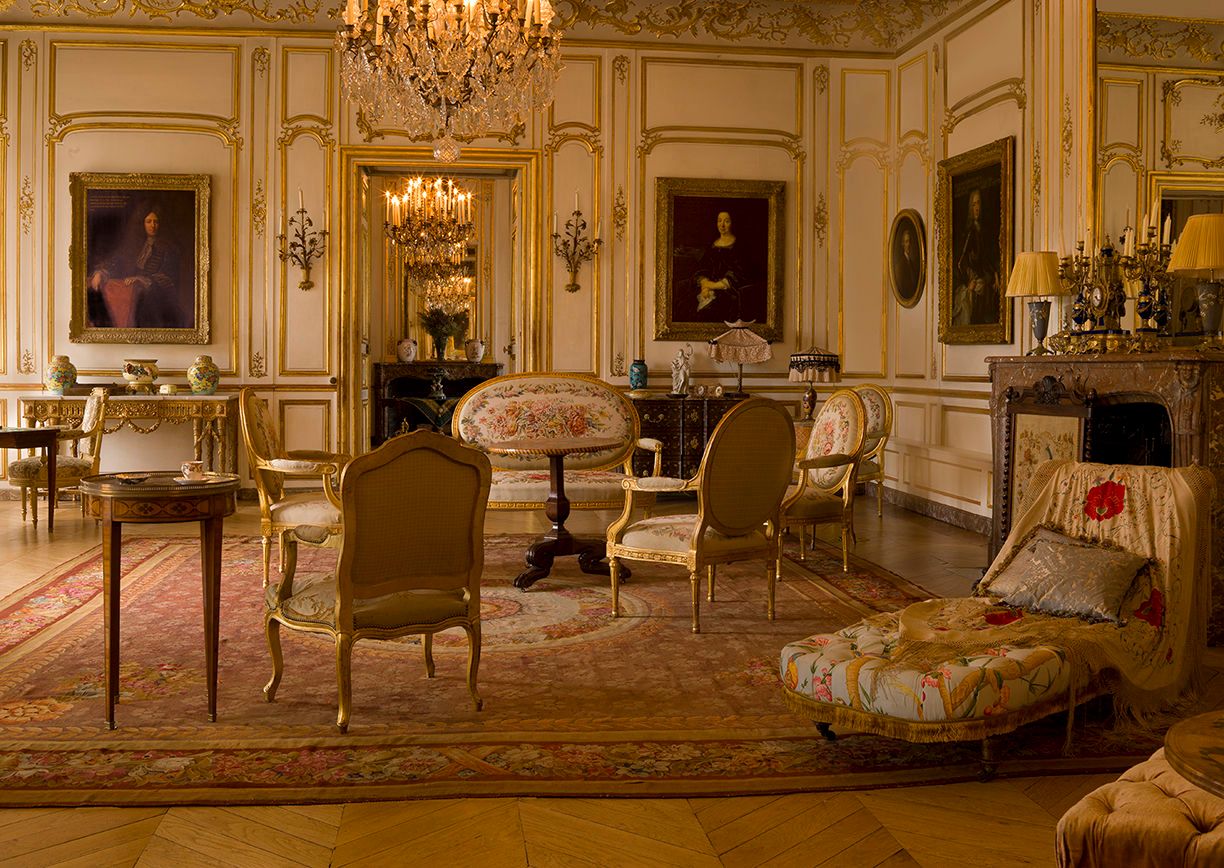
HOUSES OF FRENCH NOBILITY William Rolf Fine Art Photography
A House of Abrantes (Portugese counts) House of Aleramic (Italian, mediaval) Angelid dynasty (Mediaval Greece) Árpád dynasty (Hungarian Grand Princes (845-1000) and Kings 1000-1301) Attalid dynasty (ancient greece) House of Ascania (German dukes] House of Aviz (kings of Portugal) B Genus Balogh (Genus Balogh)

House of Nobility (Riddarhuset), Helsinki, Finland, Scandinavia, Europe Stock Photo Alamy
The Normans shaped Medieval Europe, through their art, architecture, and military culture. After 1066 they went on to hold all of Europe in the palm of their hands.. By the 13th century, the Norman noble houses had become some of the powerhouses of Medieval Europe, holding dominion over lands from England to Italy, to North Africa, and the.

Coat of Arms, Royal houses of Europe heraldry Coat of arms, Royal family trees, Mystery of
A noble house is an aristocratic family or kinship group, either currently or historically of national or international significance [clarification needed], and usually associated with one or more hereditary titles, the most senior of which will be held by the "Head of the House" or patriarch.The concept is comparable with that of an aristocratic clan, and can be used informally to describe.
Sword and Scoundrel Chronica Feudalis Nobility House Rules
In northern and eastern Europe, where the social structure was generally simpler than in the west, nobles— dvoriane in Russia, szlachta in Poland and Hungary—were numerous. In these countries, many of those technically noble were in reality of little importance and might even, like the "barefoot szlachta, " have no land.

Inside the Homes of Britain's Modern Aristocrats Bloomberg
Following is the current list of European Noble Houses. There is a separate list of Swedish Houses here. These are all under the supervision of the European Aristocrats project. For discussion, post to G2G with the tag euroaristo. Food for thought There is a distinction between a Noble Family (a House) and Rulers of a certain region or country.

TOP 10 Cool Facts about the MEDIEVAL Houses in Europe with PHOTOS
List of noble houses A Abaza family Adlerberg Al-Ubaid (tribe) Alummoottil Apor family Ashurbeyov B Barbiellini Bourbon di Sorbello Bussche family Buyck family C House of Candia Casati Stampa murders Castellini Baldissera D De Piro

Old french nobility mansion with beautiful garden and architectu by borodaev Vectors
Medieval household John, Duke of Berry enjoying a grand meal. The Duke is seen sitting at the high table surrounded by numerous servants, guests and dependants. Illustration from Très Riches Heures du Duc de Berry, ca 1410. The medieval household was, like modern households, the center of family life for all classes of European society.
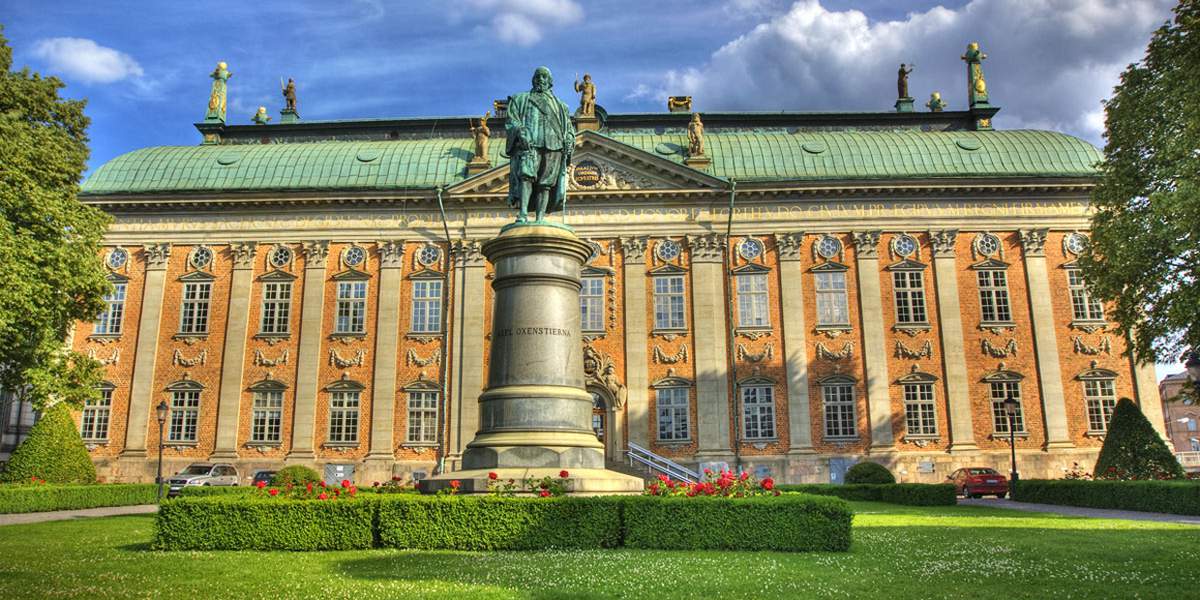
The House of Nobility Visit Stockholm
The Stately Homes of European Nobles Aug 1, 2020 | Noble Titles, Royal Titles Throughout the ages, the great noble families of Europe have been renowned for their power and influence within the royal courts and governments.

Magnificent castle, historical complex "Gestelhof", entirely renovated, brought uptodate
450 East Fifty-second Street, New York: 1953 - 1990. In October 1953 happened the last and most important move of her life: Pressured by Schlee, Garbo bought for $ 38000 a Seven-room-apartment on the fifth floor of the house situated at East Fifty-Second Street, number 450. On the floor below lived Schlee and Valentina.
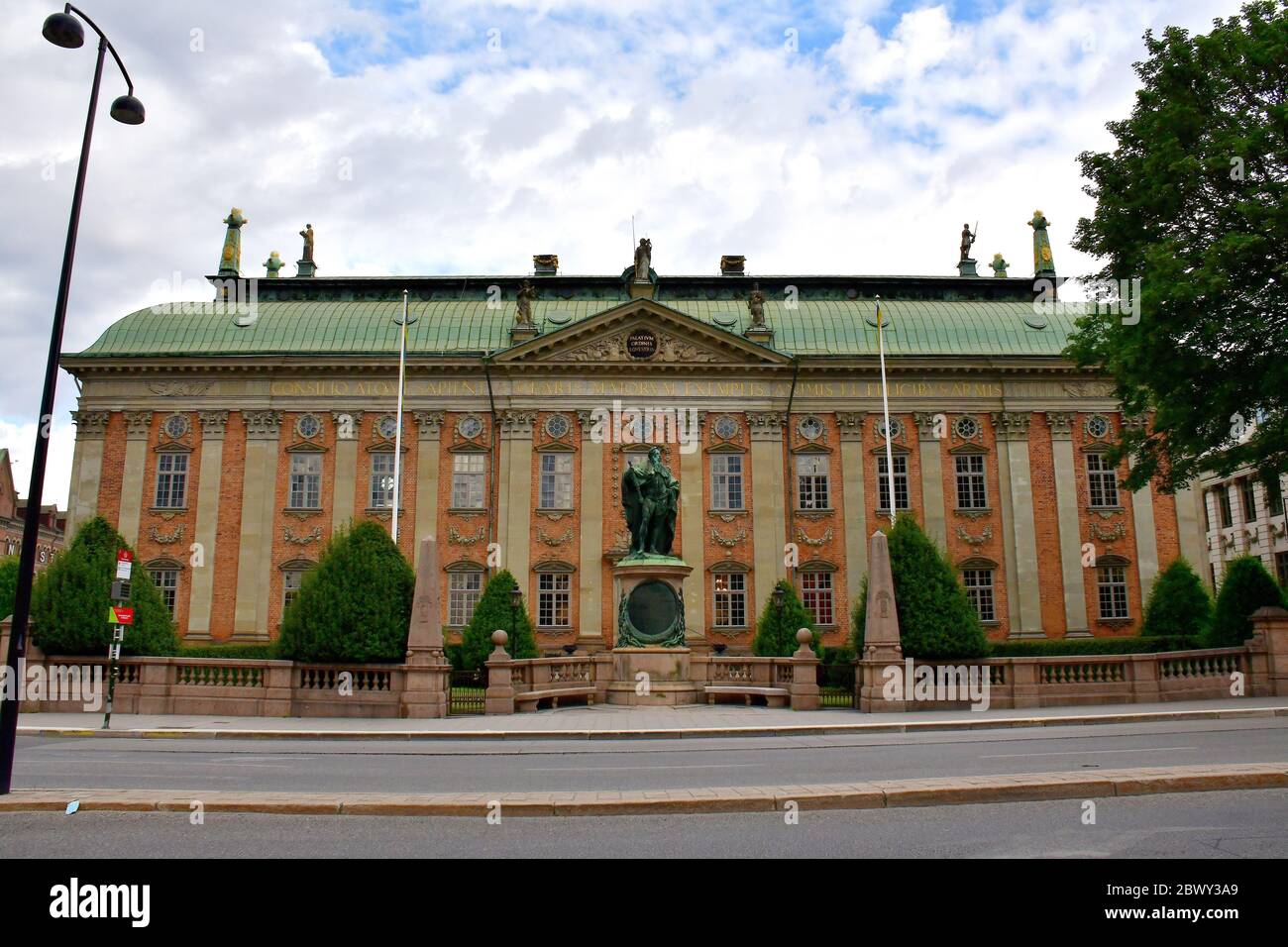
House of Nobility, Riddarhuset, Stockholm, Stockholm County, Sweden, Schweden, Sverige
Many European countries have a long history of royal and noble houses that ruled the area or the entire country. The palaces in Europe ve many stories to tell from political tumult to the evolution of architectural styles in Europe. Some palaces in Europe are chosen as UNESCO World Heritage Sites.